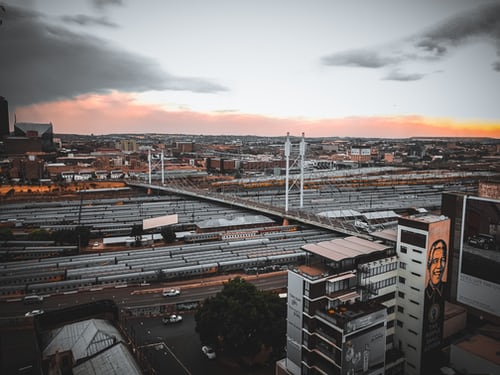Last year’s edition of the Kearney Annual Global Cities report provided a revealing overview of urban centres amid the unprecedented public health catastrophe of the COVID-19 outbreak. A stark snapshot was painted of a volatile, increasingly fragmented environment characterized by fierce competition among cities for status, a situation acutely exacerbated by the coronavirus pandemic.
“The 2020 report provided a perspective on where the world was just before the impact of COVID-19 was felt. In this year’s report, the data used—largely collected from 2020 and early 2021 publications—provides a view of the impact of the first year of the pandemic. It also sheds light on the different recovery trajectories across the world’s global cities,” says Prashaen Reddy, a partner at global management consulting firm, Kearney.
This year’s report once again offers key insights on how COVID-19 and the resulting pandemic containment measures have impacted the level of global engagement of 156 cities around the world.
Comprised of the Global Cities Index (GCI) and the Global Cities Outlook (GCO), the report reveals that the leading global cities have been resilient and adaptable despite initially being hit hardest by COVID-19 because of their high connectivity and density.
Just as they led the global pandemic response, these cities are now poised to lead the global recovery—unsteady and uncertain as it may be.
Reddy added that out of the 13 African cities that were included in the study, Johannesburg remained the highest staying in 55th place. Cairo climbed five points placing them at 59th which retained their second place raking within the Africa countries. The report however showed that Cape Town which ranked 77th last year dropped four places and now ranks at 81st.
Even with some of the bigger African cities dropping position, from this year’s results we see the divergence in the trajectories of the most economically-advanced cities and those in developing and emerging regions—which largely showed improvement over the previous year. Addis Ababa moved up 8 places, propelled by Ethiopia’s development investments that have supported rapid economic growth.
Outlining strategic imperatives for city leaders in recovery, the report highlights ways cities can address the challenges they share. Five strategic steps are imperative for cities leaders to consider:
- Win in the competition for global talent
- Human capital is the driving force behind a city’s economic activity.
- In the face of ever-greater competition for talent, cities must adapt to the new priorities of prospective residents, with a renewed emphasis on urban livability and equitable access to economic opportunity.
- Embrace the rapidly growing digital economy
- The global digital economy threatens to disrupt the value proposition of cities, but the risk is overblown.
- Cities that harness the benefits of the global digital economy to drive differentiated competitive advantage will accelerate economic growth.
- Ensure economic resilience by balancing global and local resources
- The fragility of the global trade system was exposed in the early months of the pandemic.
- Cities must recalibrate the optimal balance of trade and economic relationships at global, regional, and local levels to be resilient to future disruptions.
- Adapt in the face of climate change
- Climate change is definitively the challenge of our time.
- In the absence of globally unified leadership on the topic, cities (responsible for more than 70% of global carbon emissions) must lead the way in driving toward sustainability.
- Invest in individual and community well-being
- Beyond the immediate public health impact of the pandemic, the measures taken to counter its spread have contributed to a global crisis of wellbeing.
- Cities must focus their investments on advancing the well-being of their populations and strive to develop an environment in which innovation can thrive.
“In the coming year, we expect the divergence among global cities to widen. While global cities that are already showing signs of economic recovery are likely to continue their upward trends, lower-scoring and less-connected global cities will likely drop in our rankings next year as the full effect of the pandemic is reflected in the metrics used for measurement, particularly given the uneven distribution of vaccines around the world.
“Nevertheless, the unprecedented global efforts in vaccine development and production have hastened a return to some form of normalcy, partial and fragmented as it is. As cities enter this new phase, they are armed with real-world experience and better science, enabling leaders to better navigate the ongoing turmoil,” says Reddy.
The full report can be accessed at https://www.kearney.com/global-cities/2021



